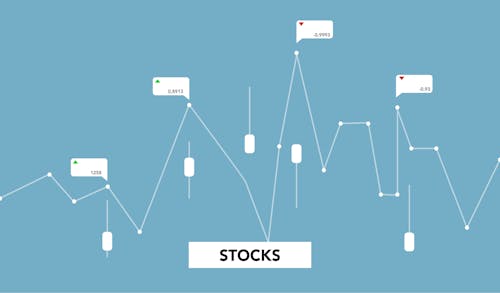
 Image Source: Pexels
Image Source: Pexels
On Friday, the UK’s FTSE 100 saw a slight increase as investors continued to show optimism towards the Bank of England’s more accommodative monetary policy. Phoenix Group, an insurer, also saw gains following its annual results. The blue-chip FTSE 100 reached a more than 11-month high. This marks the index’s second consecutive week of gains, driven by a nearly 2% rise on Thursday after the BoE indicated a potential interest rate cut in the near future. According to Lilian Chovin, head of asset allocation at British private bank Coutts, there is increasing discussion about future rate cuts, and recent U.S. inflation trends are unlikely to deter central banks from implementing interest rate reductions.The pound weakened to its lowest level in a month after data revealed stagnant UK consumer spending in February and BoE Governor Andrew Bailey suggested the possibility of rate cuts this year. This boosted dollar-earning companies on the FTSE 100. Most sectors experienced gains, particularly telecommunications which rose by 2%. However, precious metals miners were down 1.5% in line with the decline in spot gold prices.Phoenix, a British insurer, has taken the lead on the blue-chip index with a positive outlook and strong financial results. The company’s stock has surged by 7.7% to 523.8p, making it the top percentage gainer on the FTSE 100 index. Phoenix aims to achieve an operating cash of 1.4 billion pounds ($1.76 billion) and reduce its debt by 500 million pounds by 2026. In its latest financial report, the company revealed a FY Adj operating profit before tax of 617 million pounds, surpassing the analysts’ consensus of 599 million pounds. This marks the highest one-day gain for Phoenix since 2020, although its shares are down by 8.8% year-to-date as of the last close.J D Wetherspoon experienced a decline in sales growth, leading to a 6.3% drop in its shares to 746.5 pence, making it one of the top losers on the FTSE 250 index. The company reports a slowdown in sales growth at the beginning of its fiscal second half and indicates that margins are still below pre-pandemic levels. Like-for-like sales increased by 5.8% for the seven weeks ending March 17, down from a 9.9% increase in the previous half-year period. According to Derren Nathan, head of equity research at Hargreaves Lansdown, the 5.8% increase is not terrible, but if it remains at this level for the rest of the year, the market is likely to be disappointed. The operating profit margin for the first half was reported at 6.8%, lower than the pre-pandemic level of 7.1%. The company’s profit before tax for the first half was £36 million ($45.36 million), compared to £4.6 million a year earlier. The stock has seen an increase of approximately 35% in the last 12 weeks as of the last close.
FTSE Bias: Bullish Above Bearish below 7800
 More By This Author:Daily Market Outlook – Friday, March 22
More By This Author:Daily Market Outlook – Friday, March 22
BoE Rate Cuts Muted, Markets Cheer The Prospect Of Rate Reductions
Daily Market Outlook – Thursday, March 21
















